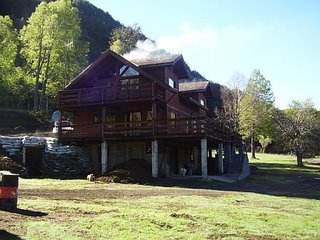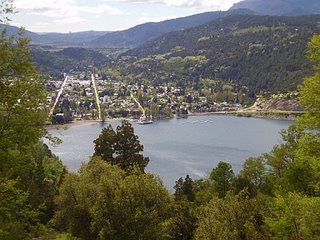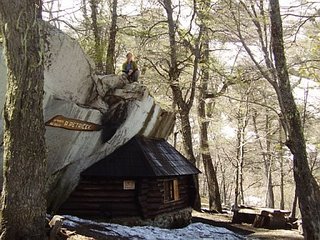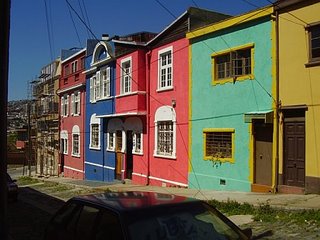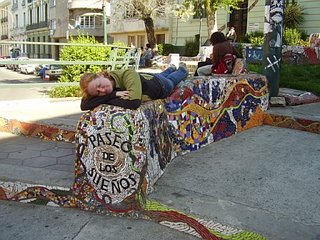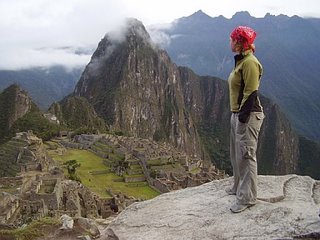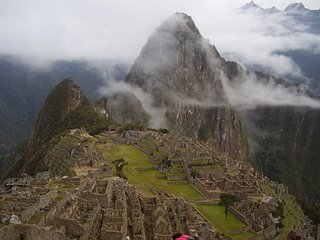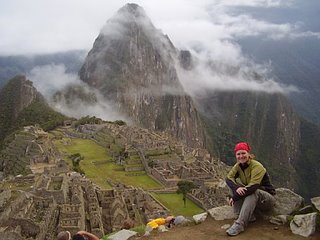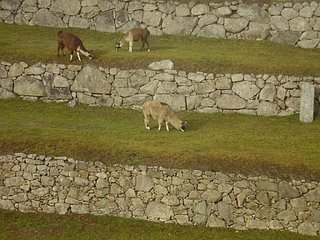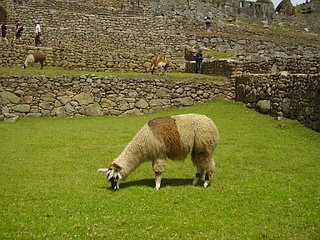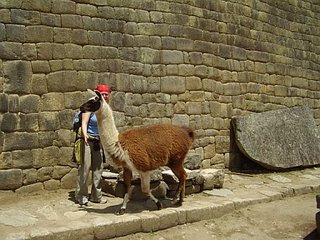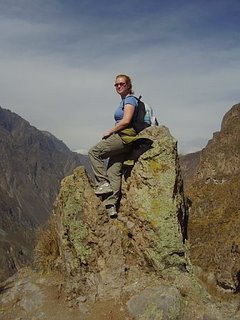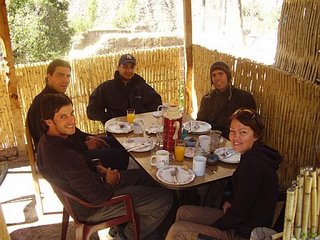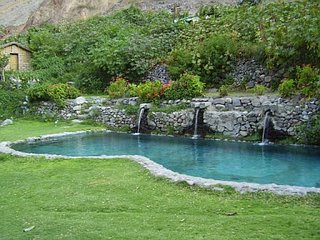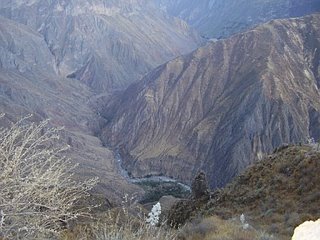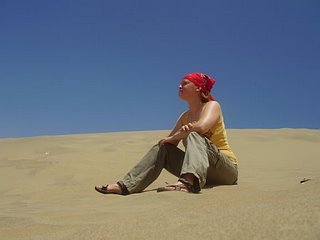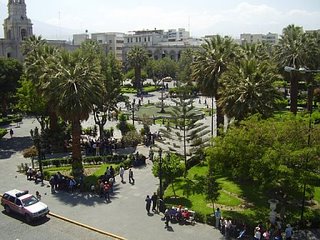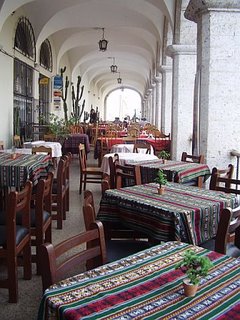Back to the States
I've returned! Que triste! Yes, I arrived back in the U.S. on Halloween, a perfect induction back into American culture - small children dressed in strange costumes at your door begging for food.
It's bizarre how easy it's been to slip back into life in the states after being in such a different world for the last 2 months. What do you mean, I can go galivanting around the world and still come back to the place I call home, constant and unchanged? In a way, it's nice, but at the same time, unsettling.
Between Valparaiso and home, I traveled to half a dozen other towns in southern Chile and Argentina. Based on the advice of a hostel owner in Valparaiso, I headed south instead of north like I had planned. Thank God. Everyone who's been to the Atacama in the north had told me that it was an amazing sight and that I've never experienced a desert like this, but I was like, really? I've experienced deserts in my life and I've discovered that on the whole, they're all about the same. Driest spot on earth? Thanks, but no thanks.
So I began my journey through the lake district of the south. First up, Pucon.
Pucon has earned its spot in the lake district, sitting just on the edge of Lake Villaricca and in the shadow of the volcano of the same name. I couldn't spend more than two minutes indoors while I was here. If I wasn't bike-riding down to the river, or hiking through Parque Nacional Villarica, I was sitting down by the lake or relaxing in the hot springs just outside of town.
So while I was chillin, I met this American couple in the hostel who knew the owner of one of the restaurants in town. Scott is an ex-pat from the states (Minnesota) who fell in love with Chile a few years back and opened El Bosque in the heart of Pucon. Keen and Katherine (the American couple) invited me up to his cabin with them and he let me, this random stranger, crash in his place and eat his food for a couple days. Possibly the nicest thing anyone's ever done. Especially when I saw the house.
The night we arrived was fantastic - they were celebrating the arrival of Scott's parents with a Chilean barbeque. I thought the entire pig might be a little excessive, but clearly I've never been to a Chilean barbeque before.
 I spent some time talking to a very large and very sweet Chilean man who not only had a very thick Chilean accent, but had also had had a few beverages and was slurring ever so slightly. So I understood approximately 15% of what he was saying, but he seemed very satisfied with the conversation. Overall, a good time was had by all.
I spent some time talking to a very large and very sweet Chilean man who not only had a very thick Chilean accent, but had also had had a few beverages and was slurring ever so slightly. So I understood approximately 15% of what he was saying, but he seemed very satisfied with the conversation. Overall, a good time was had by all.
After moving on from Pucon, I cruised around the lake district in Chile and Argentina. I'm unbelievably glad that I spent my final week surrounded by water and dense forest instead of dry land and cactus. Here's a couple good shots of the lakes and bordering towns.
I also did quite a bit of trekking up where snow was still on the ground. Not a good idea in cross-trainers, but the experience was worth the cold feet.
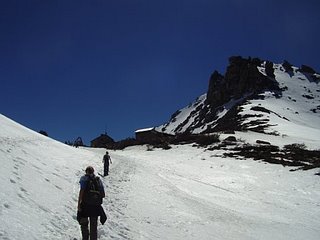
When I'd had my fill of the lake district (or really, when I ran out of time to spend there), I traveled north again to Santiago for my flight back home.
So on October 30th, I left South America with 94 cents in my checking account, 20 or so new friends from around the world, a new perspective about life in the underdeveloped world, memories of the most incredible experience of my life and, above all, absolutely no regrets. I'm signing off on this chapter of my journey, but I won't stop writing and I certainly won't stop traveling anytime soon. Stay tuned for the next adventure . . .

